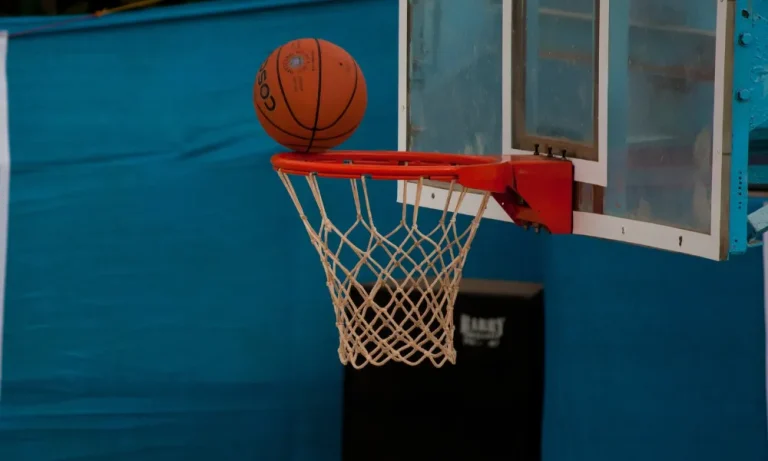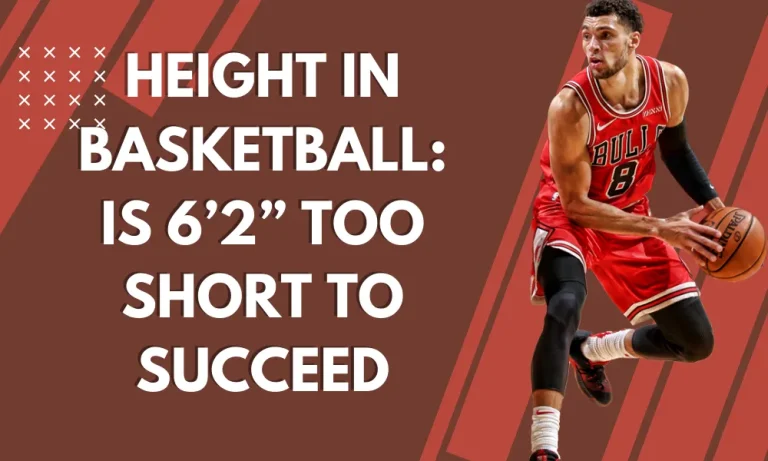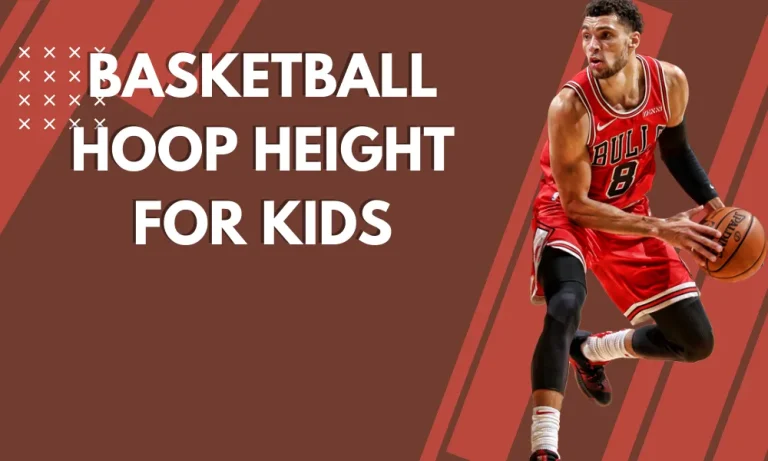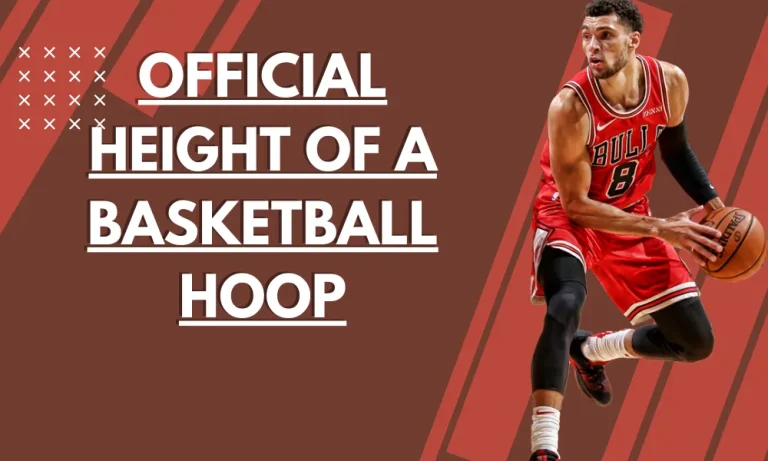How Long is a Typical NCAA Basketball Game?
Hey there! Have you ever wondered how long those thrilling NCAA basketball games actually last Well, I’ve got the scoop for you. As someone who’s spent countless hours cheering in the stands, I can tell you that a typical NCAA basketball game usually lasts around two hours.
But hey, it’s not just about the clock ticking away – there are some fascinating factors that come into play and affect the duration of these intense matchups.
Breakdown of Time in an NCAA Basketball Game
In a thrilling NCAA basketball game, there’s more to the duration than just the clock ticking away. Let’s take a closer look at how time is broken down during these intense matchups.
Pregame Rituals
Before the tip-off, teams engage in pregame rituals that set the stage for what’s to come. These rituals vary from team to team but often involve warm-up exercises and stretches to get players physically ready for action.
Additionally, you might see coaches strategizing with their players, delivering motivational speeches or going over last-minute game plans. These pregame activities help create an atmosphere of anticipation and preparation before the ball is even tossed into play.
Halftime Break
The halftime break serves as a pivotal moment during an NCAA basketball game. It gives both teams a chance to catch their breath, regroup, and make any necessary adjustments in tactics or gameplay strategies.
This break typically lasts around 15 minutes, providing athletes with valuable rest while also allowing coaches to deliver crucial feedback and guidance based on observations made during the first half of play.
Media Timeouts
Throughout each half of an NCAA basketball game, you may notice regular pauses known as media timeouts. These timeouts occur at predetermined intervals (usually under-16 minute mark) primarily for television broadcasting purposes—allowing broadcasters time for commercials or analysis segments without interrupting live gameplay excessively.
While they can occasionally disrupt momentum within games, they offer audiences additional insights from commentators and allow players brief moments of respite before diving back into high-intensity action.
Insight Timeouts Foul Calls in an NCAA Basketball Game
When it comes to the flow of an NCAA basketball game, media timeouts and foul calls play significant roles. Let’s dive into these aspects and understand how they impact the duration and intensity of the gameplay.
Insight into Media Timeouts
During each half of an NCAA basketball game, there are designated moments called media timeouts. These breaks occur at specific intervals (often under 16 minutes) to accommodate television broadcasting needs.
While they can disrupt the momentum of a game, they provide valuable opportunities for broadcasters to air commercials or offer analysis segments without interrupting live action excessively.
Discussion on Foul Calls & Free Throws
Foul calls are a common occurrence in basketball games, including those played in the NCAA. When a player commits a foul by impeding another player’s progress or violating certain rules, it results in a stoppage of play as officials assess penalties.
One notable consequence is that fouls contribute to extended game time through free throws. Free throws allow teams to score points uncontested from predetermined spots on the court after a foul has been committed against them.
Each successful free throw adds points to their overall score while giving players brief moments of respite between fast-paced gameplay sequences.
While fouls may extend the duration of a game due to frequent stoppages and free throw attempts, they also add strategic elements by forcing teams to adapt their defensive strategies or exploit opponents’ weaknesses when defending against free throws.
Common Scenarios Affecting Game Duration

When it comes to NCAA basketball games, sometimes the action on the court is so intense that it spills over into overtime. Let’s explore what happens when a game goes into extra time and how it affects the overall duration of the match.
Elaboration on Overtime Situations
Overtime(s) occurs when two teams are tied at the end of regulation play, leaving fans on the edge of their seats craving for more excitement. In such nail-biting situations, additional playing time is added to determine a winner.
Typically, in college basketball games, an overtime period consists of five minutes. If there’s still no clear victor after this initial overtime period ends, another one will be played until a team emerges as the winner.
During these extra periods, teams continue battling fiercely to score points and gain an advantage over their opponents. The clock resets back to five minutes at each overtime interval and keeps ticking until we finally have a triumphant team standing tall.
These thrilling moments can lead to extended game durations as players push themselves even harder to secure victory. It’s not uncommon for multiple overtimes to occur in highly competitive matchups, further intensifying our experience as spectators.
Exploring the Impact on Game Duration
There’s nothing quite like the excitement of a close NCAA basketball game where both teams are neck-and-neck, fighting tooth and nail for victory. But did you know that these intense matchups can often lead to additional minutes being added to the game clock?
Explanation of How Close Matches May Lead to Additional Minutes
When two evenly matched teams go head-to-head, every possession becomes crucial. In these high-stakes situations, stoppages in play become more frequent as officials review close calls or assess fouls with precision.
These moments of pause not only allow the referees to make fair judgments but also create suspense and anticipation among fans. Additionally, extra possessions can occur during close games due to turnovers or offensive rebounds.
As each team fights relentlessly for control of the ball, there may be multiple instances where possession changes hands before a shot is attempted or points are scored.
These factors contribute to extended game durations because they prolong gameplay beyond what would typically happen in less competitive matches.
The back-and-forth nature of closely contested games adds an element of unpredictability that keeps us at the edge of our seats until the final buzzer sounds.
frequently asked questions
1. What are the shot clock differences between NBA, NCAA Men’s, and NCAA Women’s basketball games?
The NBA has a 24-second shot clock, while both NCAA Men’s and Women’s basketball games have a 30-second shot clock. This means that in college basketball, teams have slightly more time to take a shot before the possession is lost.
2. How does the shot clock duration affect gameplay in college basketball compared to the NBA?
The longer shot clock in college basketball allows for more deliberate offensive strategies and gives teams additional time to set up plays or make decisions on their shots. It can result in different pacing and styles of play compared to the faster-paced NBA game.
3. What impact does the March Madness tournament have on college basketball?
The March Madness tournament is one of the most exciting events in sports as it brings together top collegiate teams from across the country. Multiple games are played within a day during this single-elimination tournament.
4. How many games are typically played per day during March Madness?
During March Madness, several rounds feature multiple games being played each day at various venues across different time slots. In earlier rounds, there can be around 32 total games over two days (16 per day).
Conclusion
Well, there you have it! A typical NCAA basketball game usually lasts around two hours. But remember, it’s not just about the ticking clock – there are pregame rituals, halftime breaks, media timeouts, and even the possibility of overtime that can add excitement and extend the duration.





